|
He is a magnificent creature by any measure. Seen above drinking from a pond, you can see his full mane and sense the power that makes him top predator on the savanna. Evening is approaching and we are following him as he and a single female trail their pride across the plains. He is large and confident but he is not young. When he faces you head on you notice that his right eye is blood shot. When he moves he shows with a slight limp. He no longer has the fluid walk of his younger companion. The female offers herself but he ignores her. He is focused on catching up with his pride. She registers disappointment but he will no be deterred. He listens, instead, for calls from the larger pride. They are some distance ahead and he is making his way to join them. We are less than an hour until night fall. The color of the light has already softened. There is a breeze that brings cooler air to the plains. We are driving in our open Land Cruiser, matching the lions leisurely pace. They stop to rest. There is little hurry here. They will reach the pride. From where they sit, they can survey the open plains before them. Their companions are out of sight but you can hear one roar and ruff from time to time. With each call, the male raises his ears. Soon they are up again walking toward the invisible pride. She walks ahead now but never too far from her male. His limp slows him down but he keeps a steady pace, stopping only when he hears a call. Looking back on him from our vehicle, you can see that he is past his prime. Still, his stance is erect and formidable. He is focused and powerful even if the years have robbed him of his grace and speed. He stops to survey his path. Another "ruff" sounds from just over a low hill ahead. He lifts his head and barks a reply. It is twilight on the African plain. - - - - -
All photos and text are copyright Clinton Richardson. The images are from the author's Safari Collection at Trekpic.com. If you like these posts, please tell your friends about the Venture Moola blog at Readjanus.com. Want to plan your own safari? If so, feel free to check out the outfitter we used at Porini.com. And, feel free to share this blog. The more readers the better. Click here if you would like to get a weekly email that notifies you when we release new entries. Or, click in the side column to follow us on Facebook or Twitter. The great grasslands (or savannas) of Africa cover almost half of the continent's surface, or about 5 million square miles. That is significantly more than the 3.8 million square miles of land in all of the United States. In Kenya, where we visited, a temperate climate matched with wet and dry seasons provide the perfect environment for savannas. Lightning strikes and their resulting fires help keep trees from spreading and converting grasslands to woodlands. Elephants, sometimes referred to as the gardeners of the savanna, also help grasslands thrive by destroying and dining on trees and bushes. Until you visit, it is hard to imagine how vast the open areas are. When we left Rhino Camp in Ol Pejeta it took us almost 40 minutes by car on dirt roads to reach the border of the conservancy. And, even then, there were miles upon miles more of grassland outside. Words fail to describe what we saw. Hopefully, the following few images will give you a glimpse of the vastness and diversity of a healthy savanna. One of many great white rhino's on the plain outside Porini Rhino camp in the Ol Pejeta Conservancy. Check out or Safari 11: Crash on the Grass entry for more about the rhino and cape buffalo on the Ol Pejeta plain. In the Mara, three of 28 lions working together to capture a zebra for breakfast. We happened on them early in the morning while the rain from the prior night still clung to their fur. Here ware are following their progress from within the pride. Check out Safari 1: The Hunt entry for the full story. It took us a couple of hours driving across the savanna to catch up with the wildebeest migration crossing a river. Here they are, with a few zebra, just before reaching the river. Our trip to the river, the crossing and a kill by a lioness are described in our recent Safari 23: All Gnu But One entry. There were too many good images to include in our entry about following a family of cheetah hunt in the grass (our Safari 19: Hunting with Children entry). Here is Amani leading her three cubs into the grass. One veteran safari traveler (more than 20 past safaris) said we will never get a better look at cheetahs than the one we had. In the distance on a cloudy afternoon, five impala make their way across the plain. Elusive in part because of their smaller size and the tall grasses in which they roam, this cerval cat showed no reluctance to walk beside our vehicle as it hunted on the savanna. For more about this unusual cat check out our Safari 24.5: On the Road entry from last March. If you are a top tier predator, like this cheetah and her four cubs, a small tree for shade and a grazed portion of the savanna make a good place for a mid-morning nap. Four maturing cubs keep this mother busy much of the time. This young elephant is dancing in the grass while its parents and siblings are consuming a nearby tree. Her trunk is a complex organ to learn to control and she needs practice. Check out our Safari 18: How to Eat a Tree entry for more about this young elephant and her family. Families of jackals were everywhere. This one stops briefly to check us out. Cape buffalo appeared in great herds across the grasslands of Nairobi National Park and Ol Pejeta Conservancy. The oxpeckers, like the one on this mother's back, were always with them cleaning their hides. Would you call this elephant grass? Probably not but even the mighty elephant can seem engulfed by the tall grasses that follow the wet season. Here one makes her way to a nearby pond. _____
All photos and text are copyright Clinton Richardson. The images are from the author's Safari Collection at Trekpic.com. If you like these posts, please tell your friends about the Venture Moola blog at Readjanus.com. Want to plan your own safari? If so, feel free to check out the outfitter we used at Porini.com. And, feel free to share this blog. The more readers the better. Click here if you would like to get a weekly email that notifies you when we release new entries. Or, click in the side column to follow us on Facebook or Twitter. Imagine my surprise yesterday to find my February 7 blog post - Safari 19: Hunting With Children - presented on this web page as the work of someone else. Here, on another person's web site, sits my work but with "Alex Jones" misrepresenting that he took the pictures and had the experience taken by me and reported in my earlier blog. Should I be flattered or outraged? Some say imitation is the purest form of flattery but this is not imitation, it is plagiarism. And plagiarism, according to plagiarism.org (yes, there is such a website), is "an act of fraud" that "involves both stealing someone else's work and lying about it afterwards." But still, it is a bit flattering isn't it? After all, someone who holds himself out as a professional wildlife photographer was impressed enough with my photographs and writing to steal them and post them on his web site as his own. But no, I am definitely going with outraged. Photographic-Safaris.com and someone named Alex Jones misappropriated my images and content and posted them on their web site as their own work. You can see it for yourself in the screen shot above. If you are one of the thousands of people who read my February 7 blog, one full week before Mr. Jones posted it verbatim(1) and image-for-image onto his website and held it out as his own, you saw my original Safari 19: Hunting With Children post. And, you saw this as the first image in my post. It was a great day on the Maasai Mara that I was reporting about in Hunting With Children. To get to watch Amani the cheetah hunt with her three children was a thrill. But it was my experience and the experience of others on my trip, not Mr. Jones'. And, those are my photographs, not Mr. Jones. And the trip that produced the great images and content for my Venture Moola blog was with Gamewatchers Safaris not Mr. Jones' Photographic-Safaries.com. I don't know Mr. Jones. Never met him. Never talked to him. Nothing. Nada. (1) Not exactly verbatim. He added his company's name before "Lion Camp" in paragraph two. The original reads just "Lion Camp." In fact, we were at Gamewatchers Porini Lion Camp. But back to Alex Jones who is described on his site as a man with "enormous patience" who claims to have captured "photographs of unequalled wildlife behavior.. . ." How much "patience" does it take to steal images and content from someone else's blog? And, when it says "captured," would you think that includes taking images from someone else and claiming they are your own? In the site's About section, we are encouraged to "[r]ead about some of the exquisite wild animals that Alex has photographed.. . ." Don't be fooled, Alex Jones did not photograph the cheetahs in my blog post. Nor did he write the copy. He ripped it off from the Venture Moola blog and me. To paraphrase plagairism.com, he stole my work and lied about it afterward. If you want to see my images and read about a great African safari trip check out my blog at ReadJanus.com or check out the same content on the fully-licensed porini.com website, home to Gamewatchers Safaris. But enough about copyright infringement and plagairism. The whole incident also reminds me of a great encounter on a great trip last fall. Join me in viewing a few other photographs I took on that special day. And, if you think you might like an opportunity to have days like this yourself on the African savanna, think about contacting the outfitter I used for my trip - Gamewatchers Safaris. You can reach them through their porini.com website or by contacting Wayne Hammond at [email protected] (or in the UK by phone on +44 (0) 7986 978985) or Julie Ruggow at [email protected] (or by telephone in the US toll-free at 1-877-710-3014.) Wayne helped me and Julie helped a good friend plan great trips. Either can help you too. Gamewatchers Safaris were great hosts and even better guides. Very experienced and very knowledgeable. They work in partnership with the local Maasai who ran their lodges and served as our guides. As you have seen through this blog, their guides will help you have great game watching experiences. To close, let me say that while I may be a bit flattered in a perverse way by Mr. Jones, I am not amused. Nor, apparently, is my buddy above. -----
All photos and text are copyright Clinton Richardson. All worldwide rights reserved. These images and more can be seen at the author's Safari Collection at Trekpic.com. If you like these posts, please tell your friends about the Venture Moola blog at Readjanus.com. Want to plan your own safari? If so, feel free to check out the outfitter we used at Porini.com. And, feel free to share (but not steal) this blog. The more readers the better. Click here if you would like to get a weekly email that notifies you when we release new entries. Or, click in the side column to follow us on Facebook or Twitter. When we planned our safari we did not really know what to expect. Would we see lots of animals? Would we be able to get close? Would we see young animals? Or, would the area be depleted because of drought? If you have been reading the earlier Safari Series entries, you know the answers to these questions. The abundance and variety of animals exceeded all expectations. And, skilled Maasai guides got us close, not just to the animals but also to the action and drama of the African plain. All this was illustrated as we headed back toward camp in the Maasai Mara. The softened light of the hour before dusk was upon us as our guide headed us toward a hyena nest we had seen the day before. This day, however, we were greeted by a large troop of baboons in the valley just next to the small rise where the hyena made its nest. There were at least 40 of them and they were on the move heading in the general direction of the camp. Some stopped to eat or sit but all were slowly making their way across the plain. Our guide drove right up to the troop and then slowly through it on his way to the rise where the hyena were nesting. As shown in the first picture from the day before, there were several cubs in the nest. This evening, one of them was out and actively following mom as she wandered about. The mom was both attentive and, from time to time, a bit wary of the attention. There was no feeding going on. Perhaps she was finished for the day. As you can see, she was attentive and gentle with her cub. As I watched this warm family moment from my seat on the right side of the Land Cruiser, my wife reached over and tapped me on the shoulder. "Look to your left," she said. As I did, I noticed that all other eyes in the vehicle were fixed on a baboon with her newborn baby. Quite something to see two species with babies in such close proximity. The hyena were no more than 10 yards from the right side of the vehicle and the baboon was less than 15 yards from the other side of the vehicle. But something was not right. As we watched the baboon cling to and groom here newborn we noticed that the baby did not move. She carried the baby close to her body and walked about. The baby seemed limp in her arms. She was not responsive. And then, after settling in one spot, the mother released the stillborn infant and laid her in the grass. The mood in the Land Cruiser dampened. We watched a bit longer to see if there was life in the infant but there was not. We soon headed back to camp. _ _ _ _ _
All photos and text are copyright Clinton Richardson. The images are from the author's Safari Collection at Trekpic.com. If you like these posts, please tell your friends about the Venture Moola blog at Readjanus.com. Want to plan your own safari? If so, feel free to check out the outfitter we used at Porini.com. And, feel free to share this blog. The more readers the better. Click here if you would like to get a weekly email that notifies you when we release new entries. Or, click in the side column to follow us on Facebook or Twitter. |
the blog
Travel, history, and business with original photos.
your hostClinton Richardson - author, photographer, business advisor, traveler. Categories
All
Archives
July 2023
Follow us on Facebook
|
Check out Ancient Selfies a 2017 International Book Awards Finalist in History and 2018 eLit Awards Gold Medal Winner and
Passports in his Underpants - A Planet Friendly Photo Safari a 2020 Readers' Favorite Winner in Nonfiction
Site Copyright 2024 by Clinton Richardson
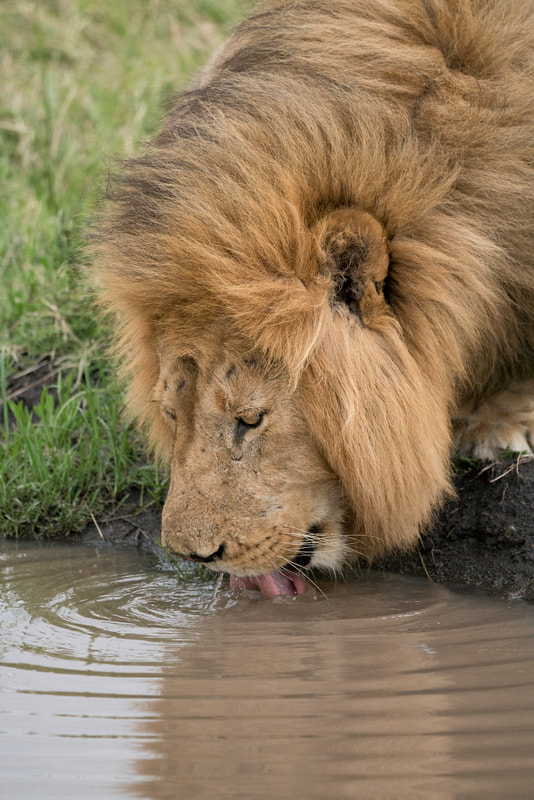
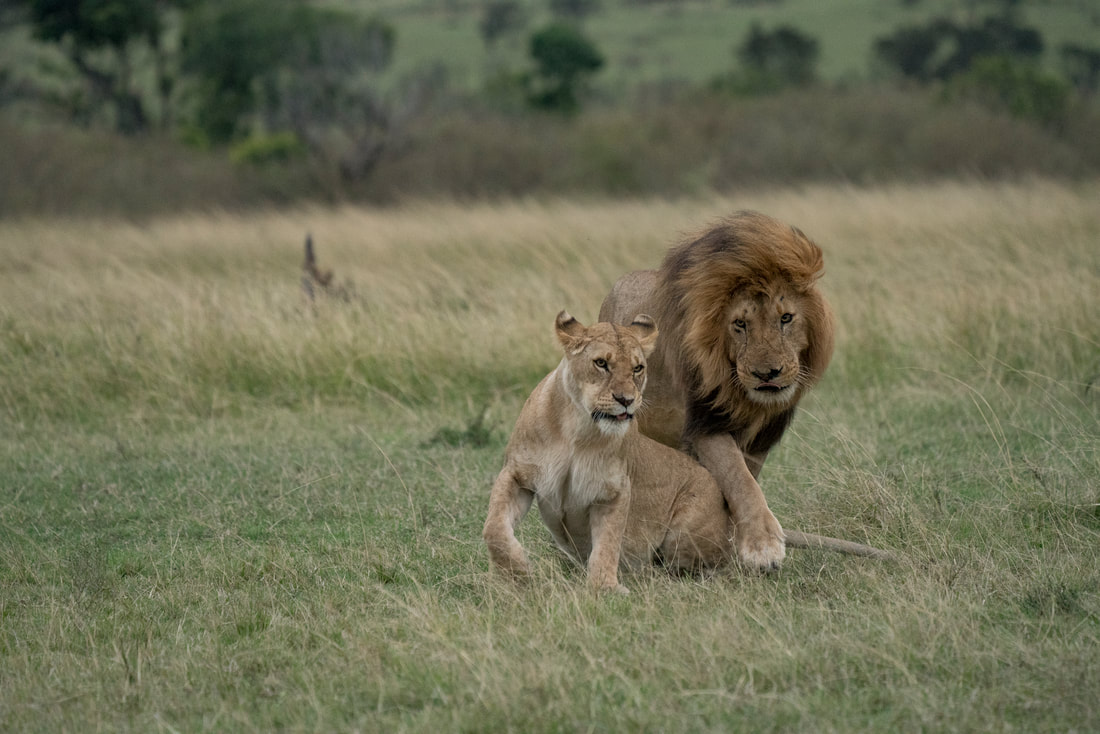






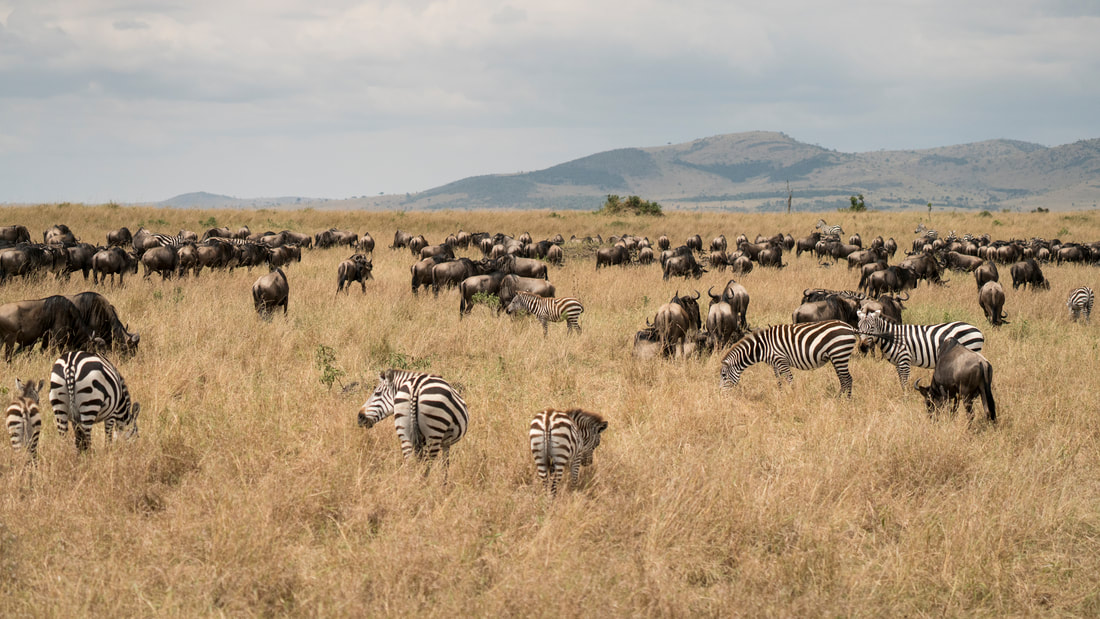
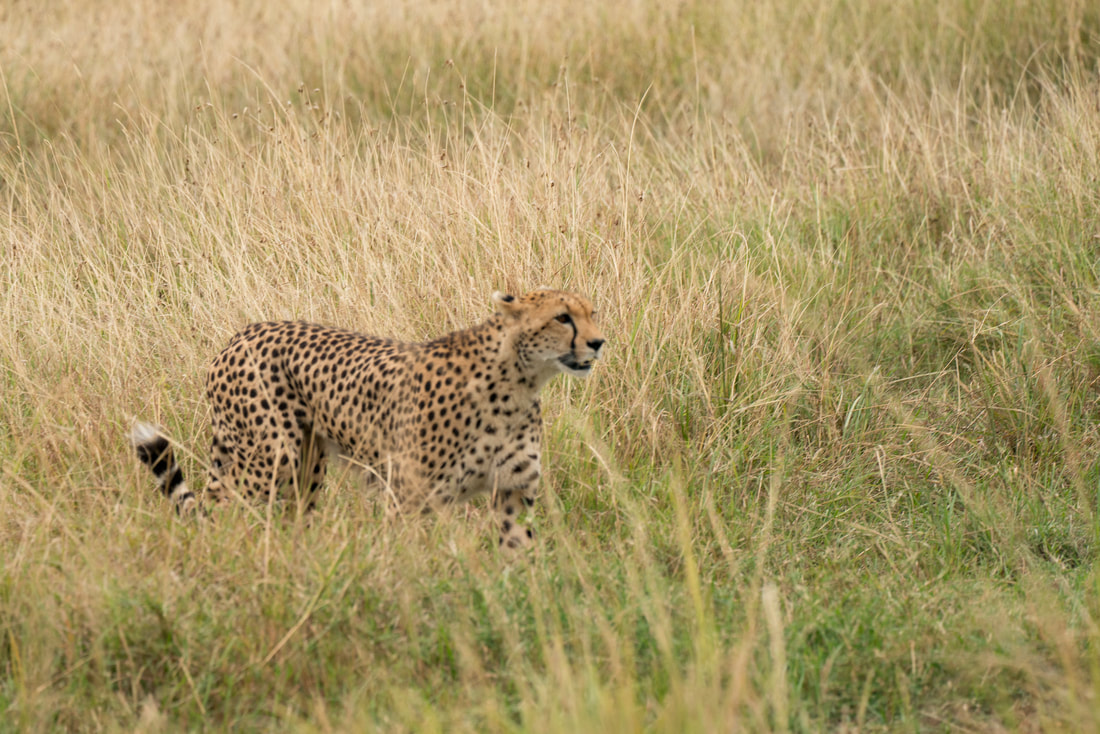

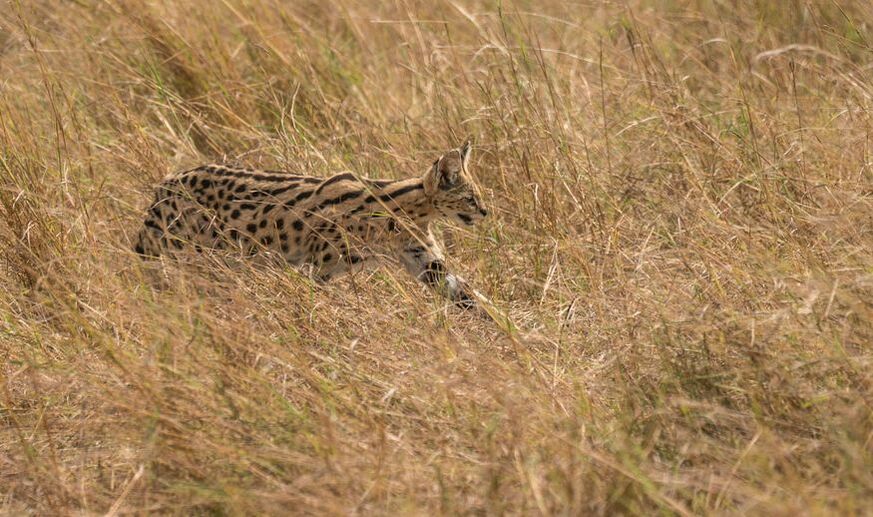



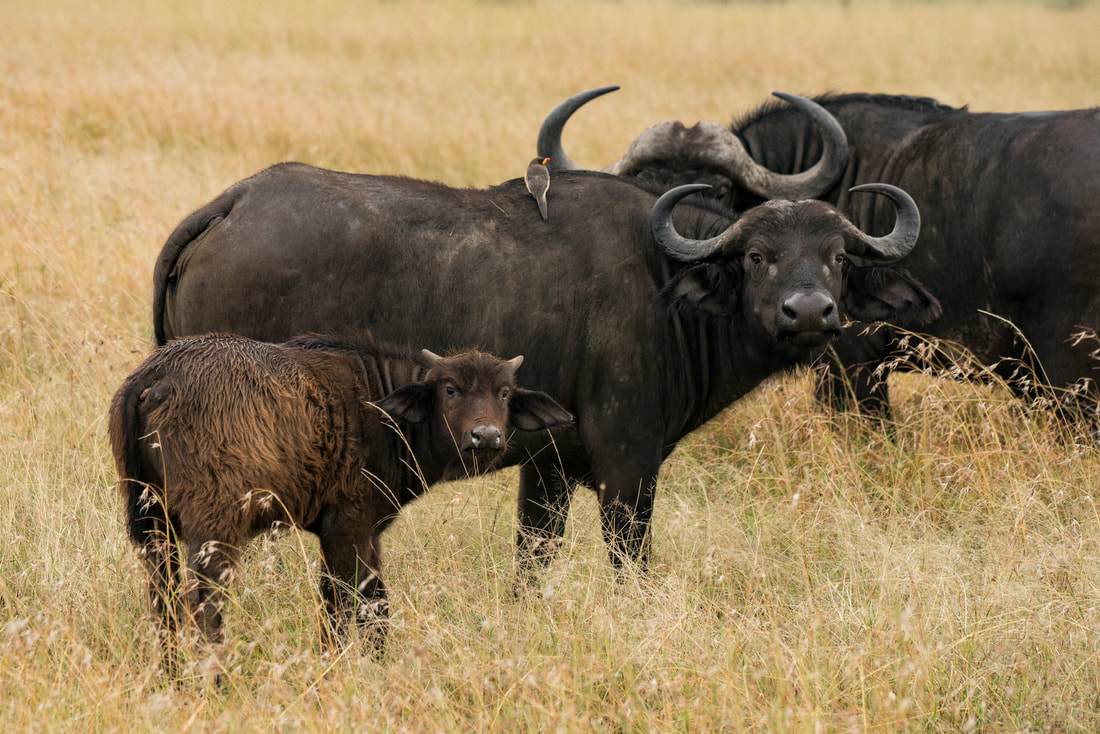




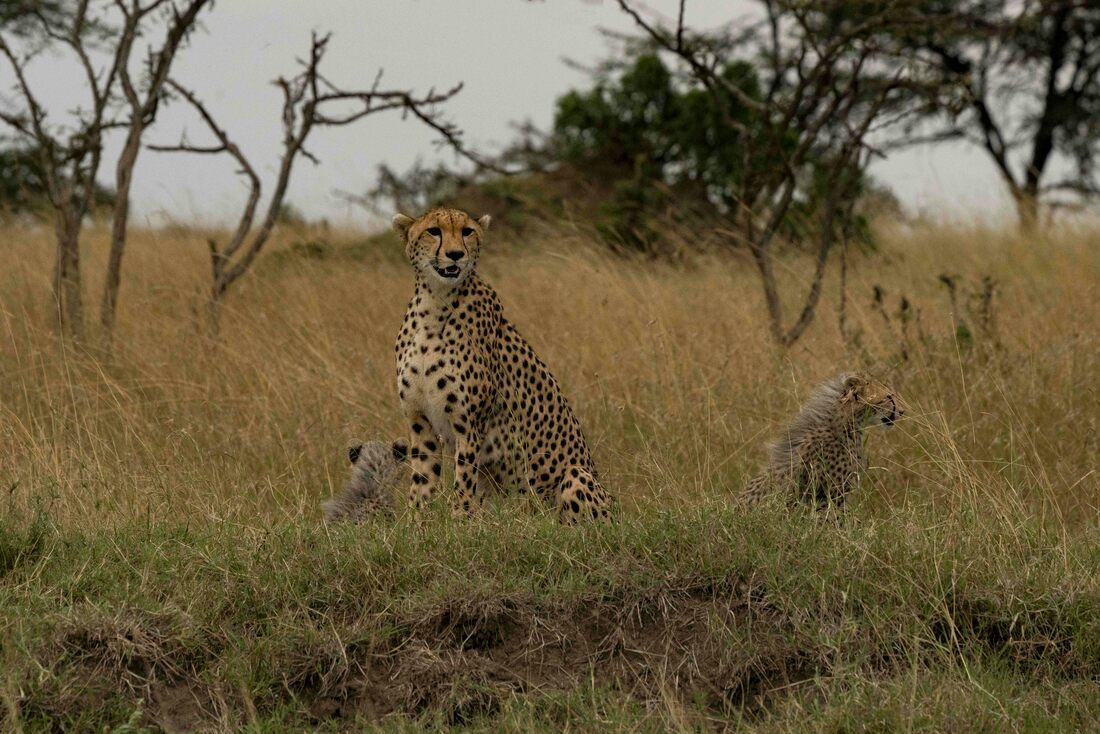
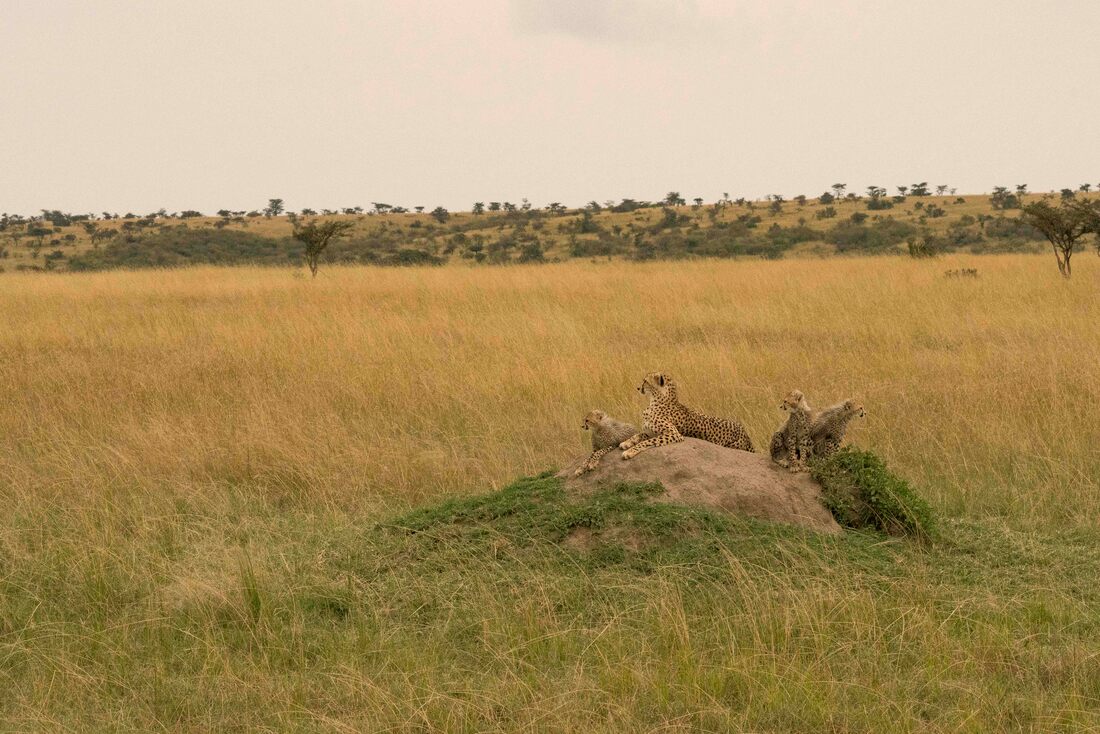
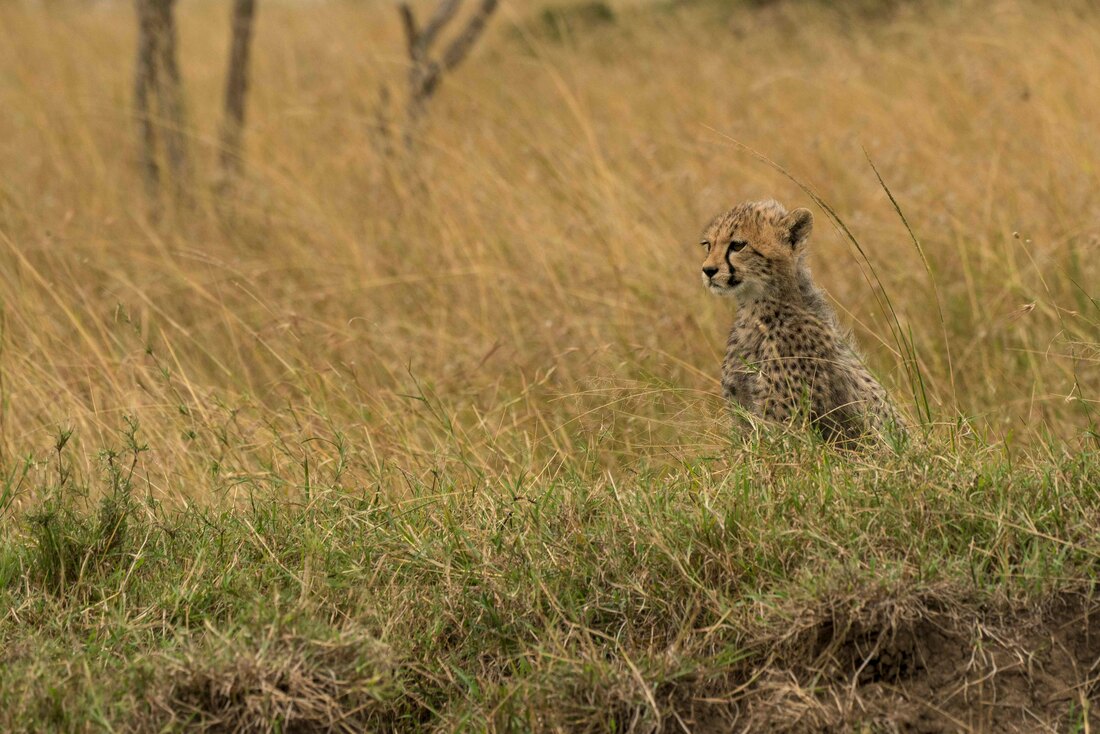

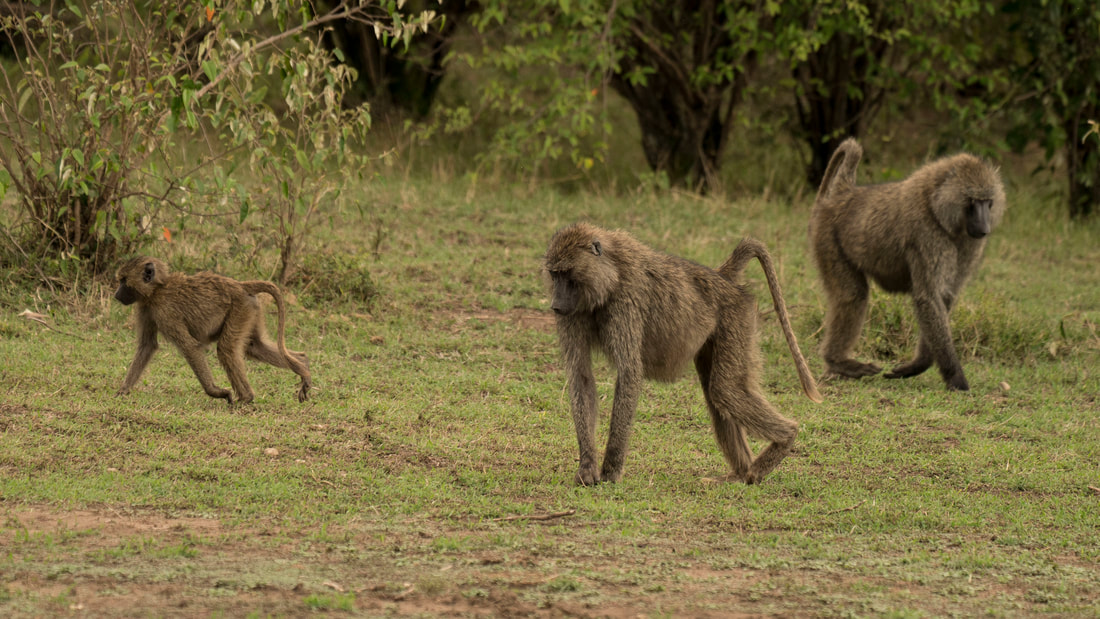
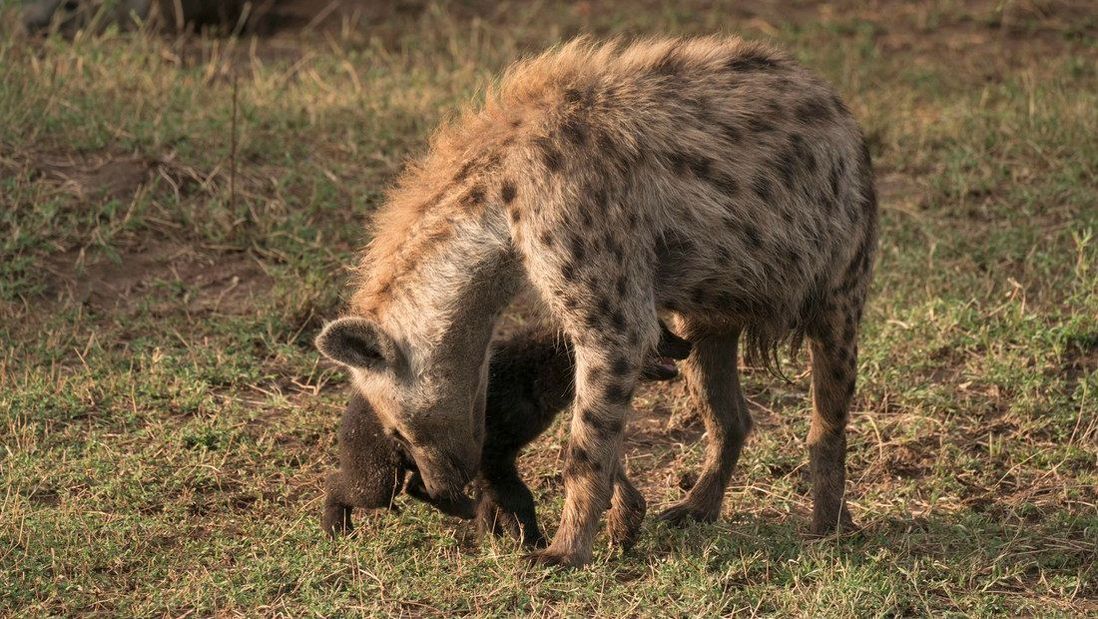


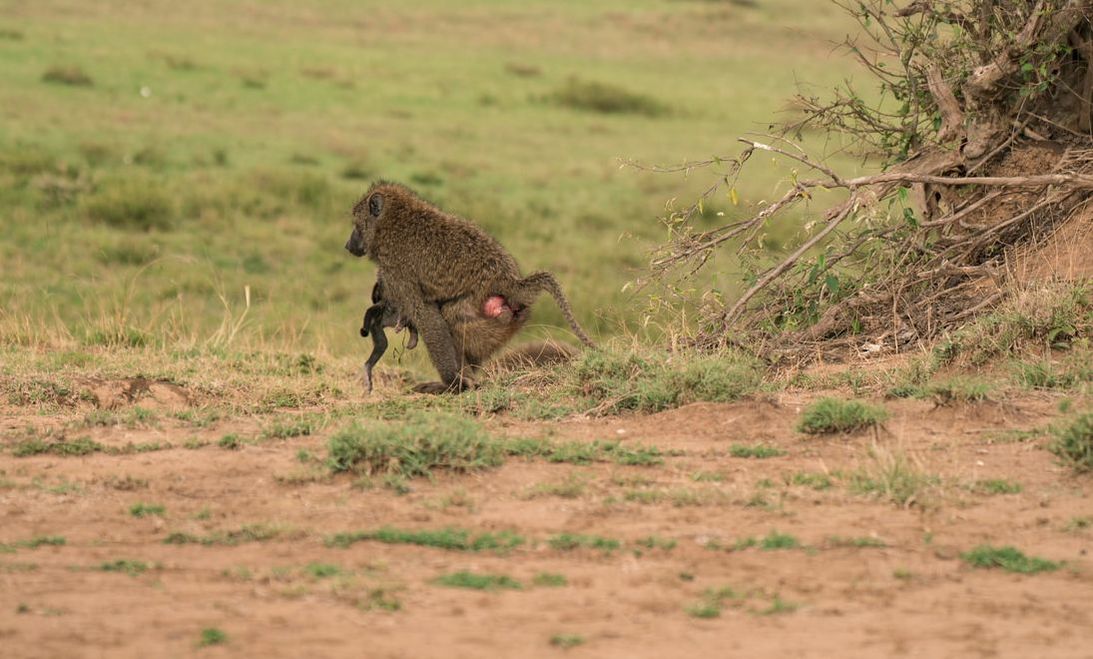

 RSS Feed
RSS Feed